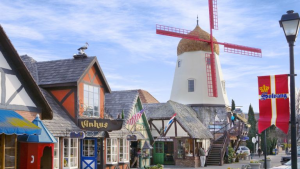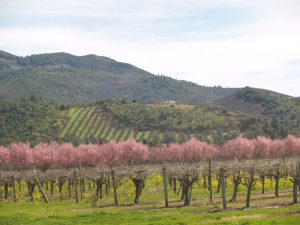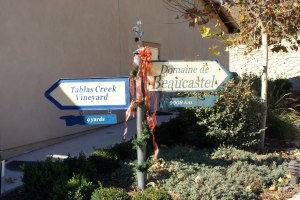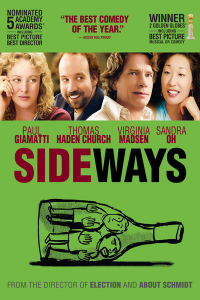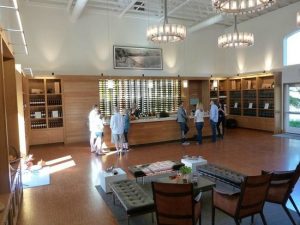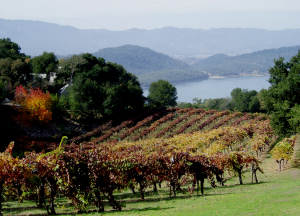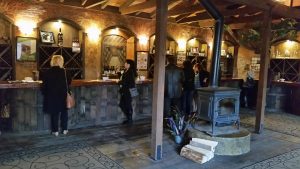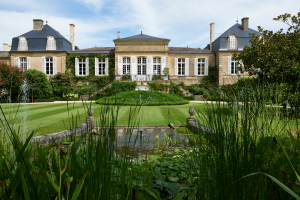November-December 2017 Edition – The Good Stuff
This issue concerns some of the better aspects of wine tasting: top wines, good deeds and good times. There’s a little in France, a little in New York and more than a little in California. As we keep saying, Wine Country is a big place. So come with us to:
- Rochioli Vineyards and Winery – a winery in Sonoma County whose wines have been served many times at the White House
- Lucky Find – the wine experience that grew from finding a wallet in a cab
- The Funk Zone – partying while you taste on a visit to Santa Barbara
- Tasting the Greats – tips on getting the most out of a visit to the very best wineries
Articles from the October issue are also still available:
- Traveling Around California – tips on how to go from region to region on a wine tasting trip.
- Tablas Creek Vineyard – a review of a particular favorite of ours in Paso Robles.
- Dealing with “Sideways” – how to talk with friends about the most famous wine tasting movie.
- Visiting Solvang – getting off the road in a charming but unusual village in the Santa Ynez Mountains
About Power Tasting
Power Tasting is a monthly e-magazine about the wine tasting experience, not about wine itself. We offer suggestions to the traveler who wishes to visit wineries and taste good wine. We are writing to the vacationer, not the connoisseur. We want to empower the visitor to get the maximum advantage out of each visit, not to be intimidated by wine snobs on either side of the bar and to be able to taste – not drink – as much as possible within the boundaries of safety and sanity.
Each issue has four sections:
- Wine Tasting Tips – There is advice to those new to wine tasting and to seasoned tasters alike. This section aims to give visitors to Wine Country, wherever in the world that may be, useful techniques to get the most out of their visits.
- Wineries – Each issue has a review of the experience of visiting a particular winery. Some may be in the wine making areas that wine lover most frequently travel to, like Napa Valley or Bordeaux. And other issues feature wineries as far off the beaten track as we can go.
- Experiences – In our travels, as with other wine tasting enthusiasts, we have had many experiences, some humorous, some inspiring and some best shared so that others might avoid them. This section relates them to Power Tasting’s readers.
- Places to Visit – Wine Country is a fabulous place. It has vineyards and wineries, restaurants and galleries and it is in the country and in cities. It is anywhere that wine is available for tasting. Each month Power Tasting takes you to interesting places other than wineries, offering suggestions for what else to do on a wine tasting trip.
Who We Are
A few years ago, Lucie Gauthier and Steve Ross (a married couple living in Manhattan) set out to write a book about wine tasting. We are avid lovers of wine from all over the world and have travelled widely to wine growing regions on four continents. However, we don’t feel qualified to offer advice or even public opinions about wine.
[Well, that’s not exactly true. Steve offers two rules: 1. Know what you like. 2. Remember what it’s called.]
As mentioned, comments about wine will be incidental. We’re focusing on the overall experience, including the service, knowledge of the personnel, crowd management, artwork, architecture and the overall ambience of the wineries we visit. We may even mention where to have a picnic or take a walk in the garden. And we may write about some restaurants, shops and other things to do while on a wine tasting trip.
We are pleased to share our enthusiasm for wine tasting and invite our readers to share theirs with us.
